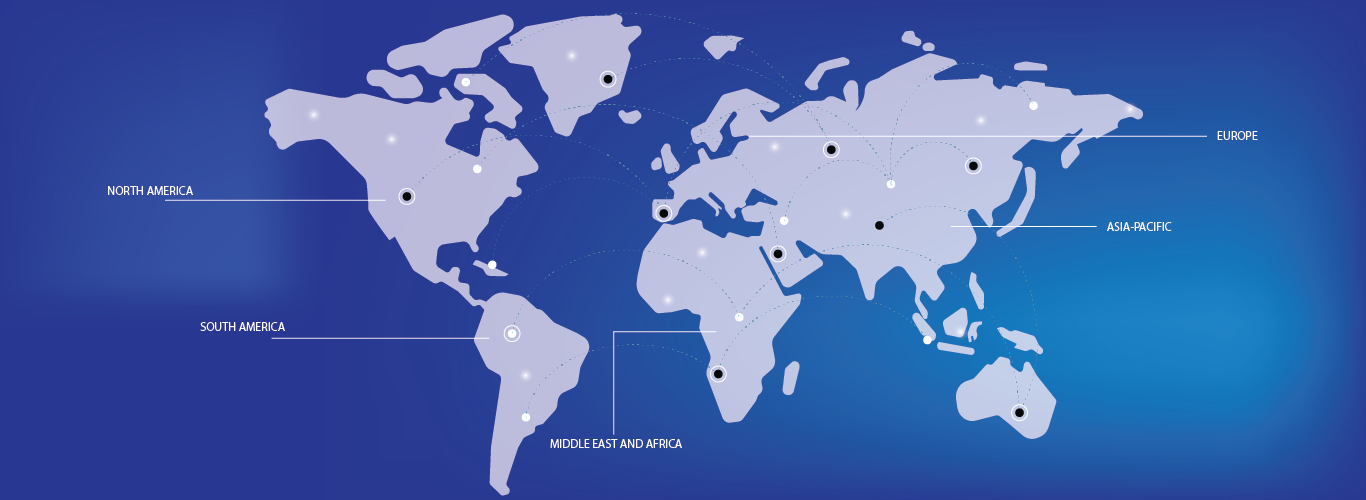Osgood-Schlatter disease treatment market shows advancements in non-surgical approaches such as physical therapy and bracing, reducing reliance on invasive options. The latest methods emphasize pain management and rehabilitation, catering to rising cases, especially among adolescents in sports. Technological innovations in imaging and therapeutic modalities are driving market growth, ensuring more effective and personalized treatment strategies.

Frequently Asked Questions
The market is segmented based on Global Osgood-Schlatter Disease Treatment Market Segmentation, By Treatment (Medication, Physical Therapy, Knee Braces and Supports, Surgery, and Others), Diagnosis (Physical Examination, Ultrasonography, X-Ray, and Others), Symptoms (Swelling, Pain while Running, Tenderness, Knee or Leg Pain, Limping after Physical Activity, and Others), Dosage (Injection, Tablets, and Others), Route of Administration (Oral, Parenteral, and Others), End-Users (Clinic, Hospital, and Others), Distribution Channel (Hospital Pharmacy, Retail Pharmacy, and Online Pharmacy) – Industry Trends and Forecast to 2031
.
The Global Osgood Schlatter Disease Treatment Market size was valued at USD 296.42 USD Million in 2023.
The Global Osgood Schlatter Disease Treatment Market is projected to grow at a CAGR of 6.29% during the forecast period of 2024 to 2031.
The market report covers data from the U.S., Canada and Mexico in North America, Germany, France, U.K., Netherlands, Switzerland, Belgium, Russia, Italy, Spain, Turkey, Rest of Europe in Europe, China, Japan, India, South Korea, Singapore, Malaysia, Australia, Thailand, Indonesia, Philippines, Rest of Asia-Pacific (APAC) in the Asia-Pacific (APAC), Saudi Arabia, U.A.E, South Africa, Egypt, Israel, Rest of Middle East and Africa (MEA) as a part of Middle East and Africa (MEA), Brazil, Argentina and Rest of South America as part of South America..






